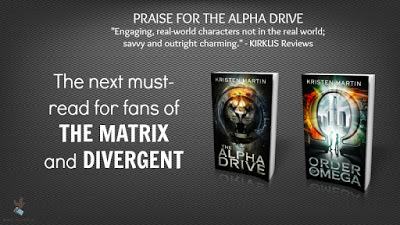6 Ways To End Your Story
Today, we’re going to talk about some different ways that you can end a story. Not every book needs to have a happy ending, although there are many readers out there who prefer these, even if they won’t admit it. There are multiple ways you can end your book, and it doesn’t have to be all rainbows, butterflies, and unicorns. So let’s look at 6 common story endings. If you'd rather watch the video on this topic, feel free to click play below! Otherwise, read on.
Explicit endingThis is the ending that wraps everything up and answers all the questions. This ending will frequently tell what happens to each of the major characters, and is usually very satisfying in its completeness. Particularly well suited for novels (over short stories), when using this ending, it is especially important to watch for plot holes and missing clues. Example: Watership Down by Richard Adams.
Implicit endingIf you like an ending that is strongly based on interpretation, then you like implicit endings. These endings are more common in short fiction. An example is
Twist endingAs the name implies, this ending is unexpected or twisted. As a writer, everything you’ve led your reader to believe gets thrown out at the end, and is replaced by a new revelation when well done. If done poorly, your reader will feel cheated. The TV show The Twilight Zone was known for its twist endings.
Tie-back endingThis ending ties the end of the story back to clues planted in the beginning. The example provided in the endings class is the short story entitled The Star by Arthur C. Clark, where the story opens with what the main character’s conflict is and ends with why.
Unresolved endingIn unresolved endings, the main conflicts are left unanswered, such as in The Lady, or the Tiger by Frank R. Stockton. The reader is left to ponder the outcome. Cliffhanger endings would also fall under this category.
Long view endingThese endings tell what happens to the characters a significant timeframe into the future. An example is Harry Potter and the Deathly Hallows by J.K. Rowling, which ends telling who married whom, who had kids, etc. out into the future.So there you have it, 6 ways for you to end your story. I hope you enjoyed this post, I’ll see you guys in the next one!

Until next time,
 [source]
[source]
Published on July 25, 2016 13:44
No comments have been added yet.



